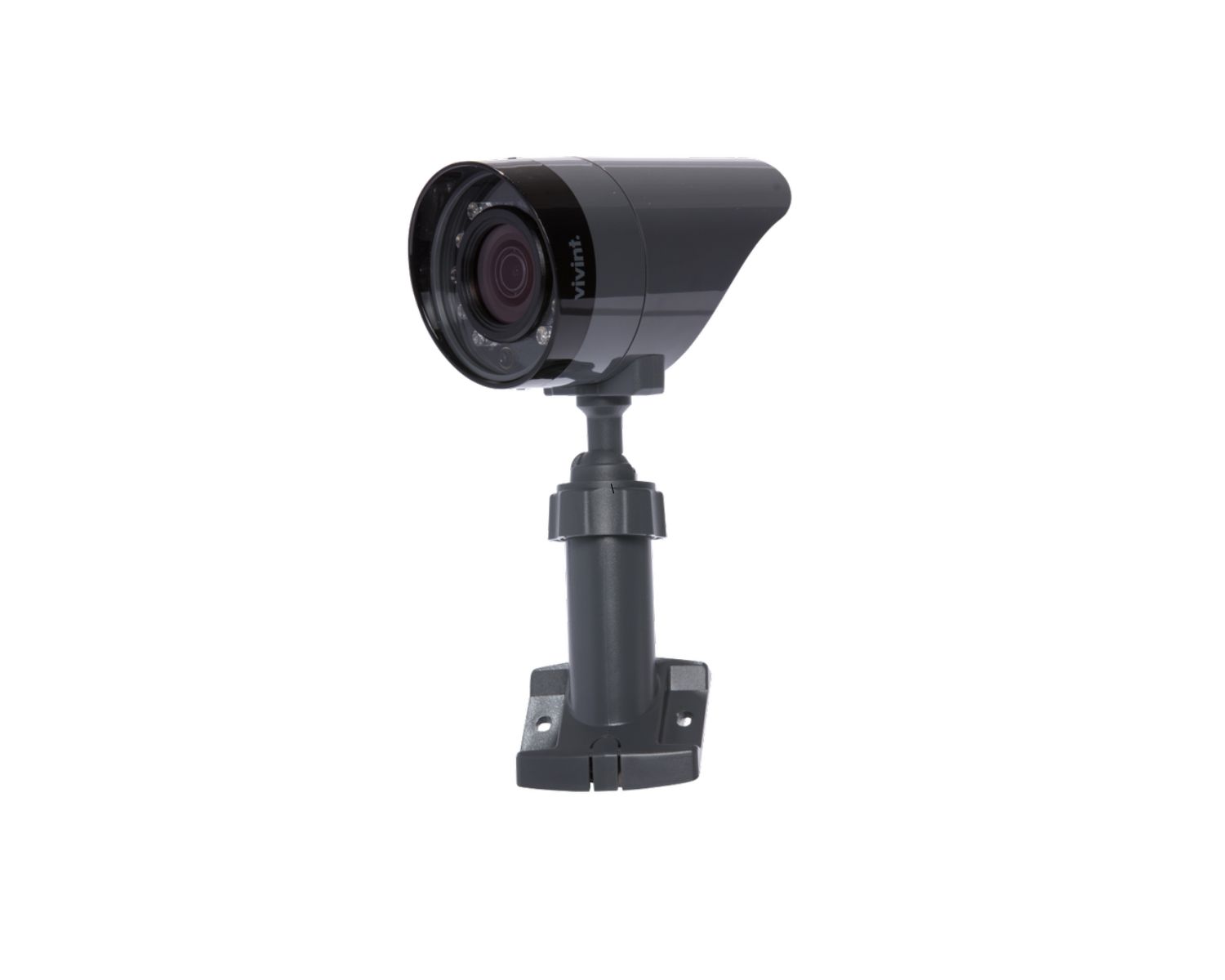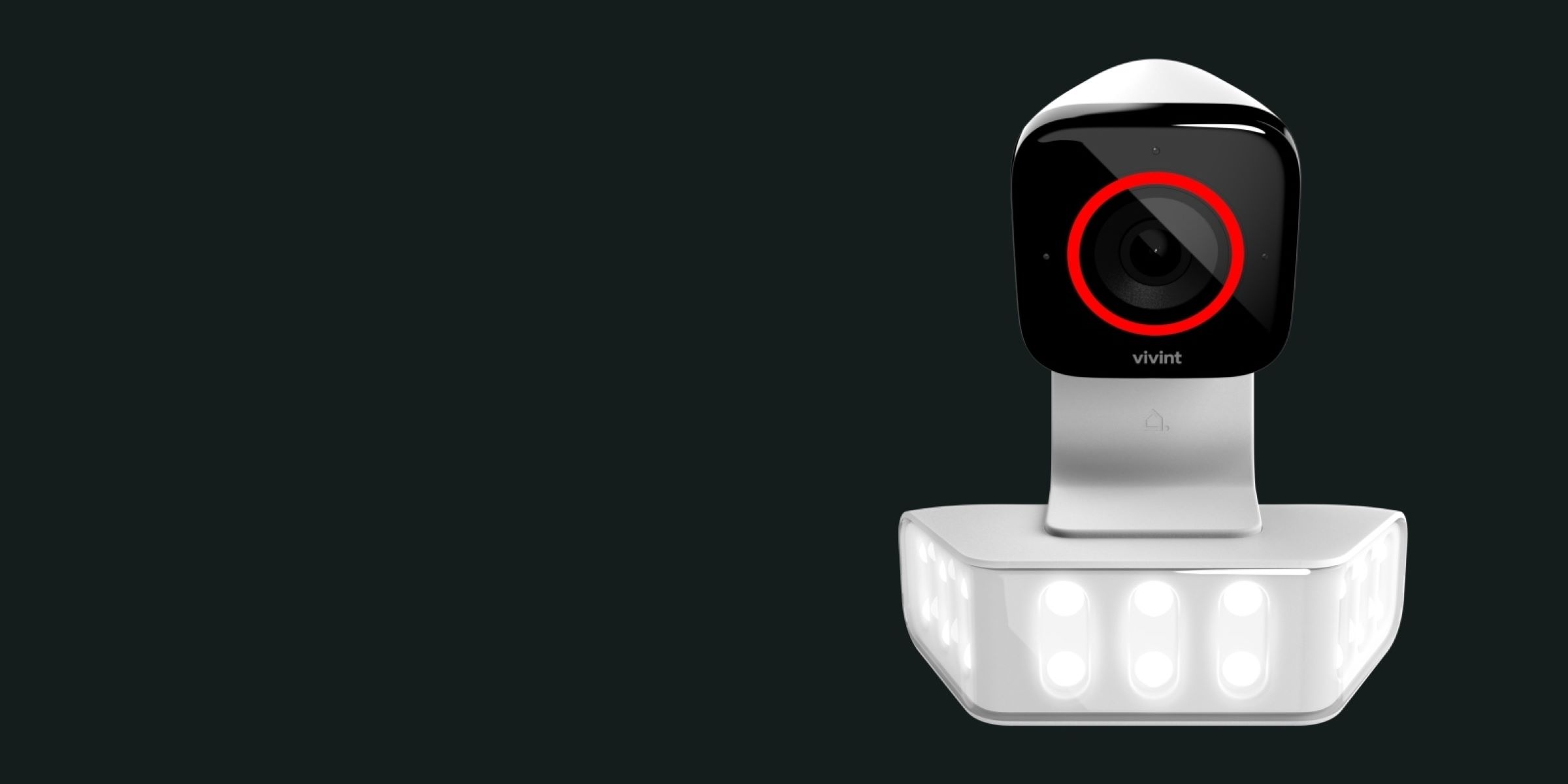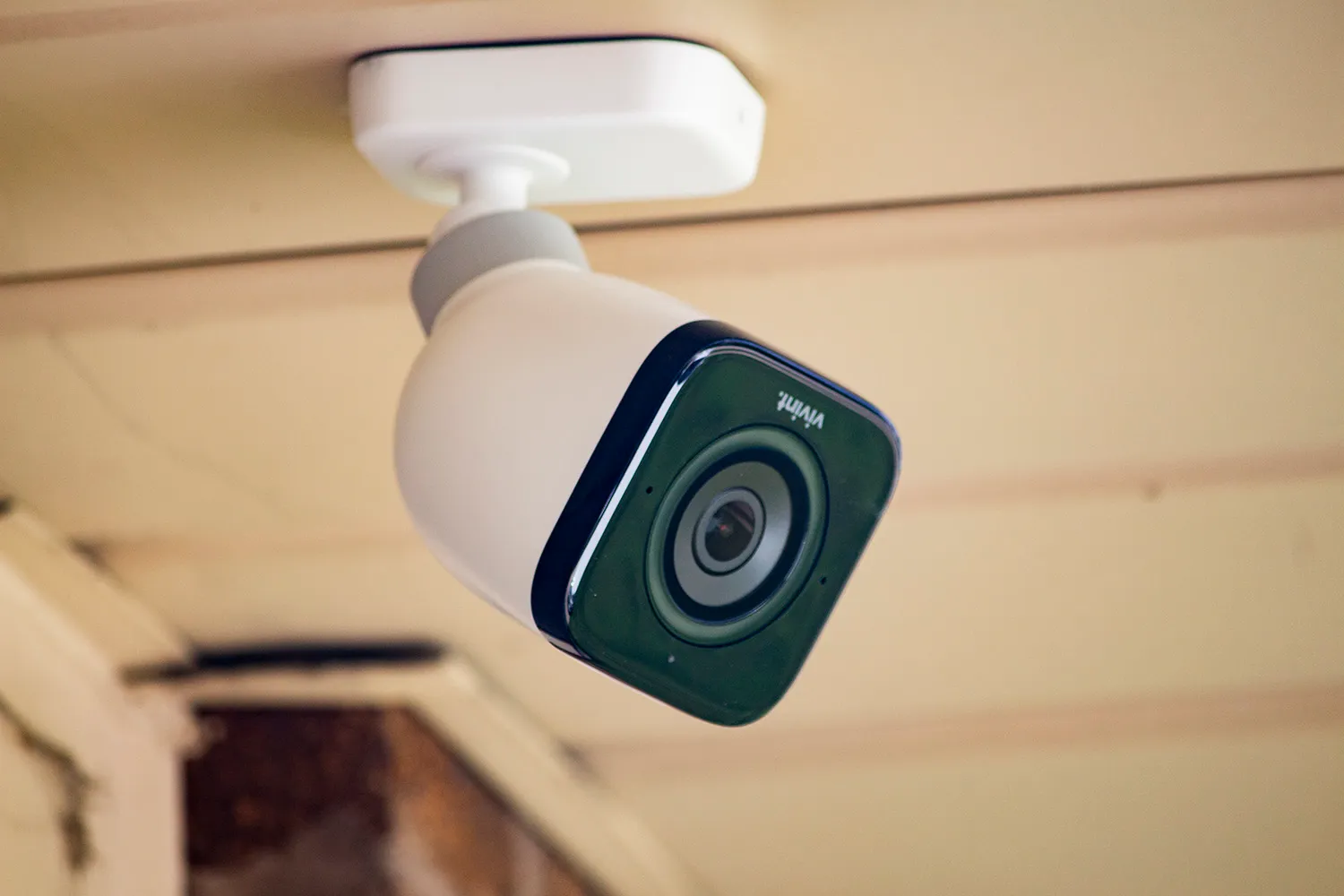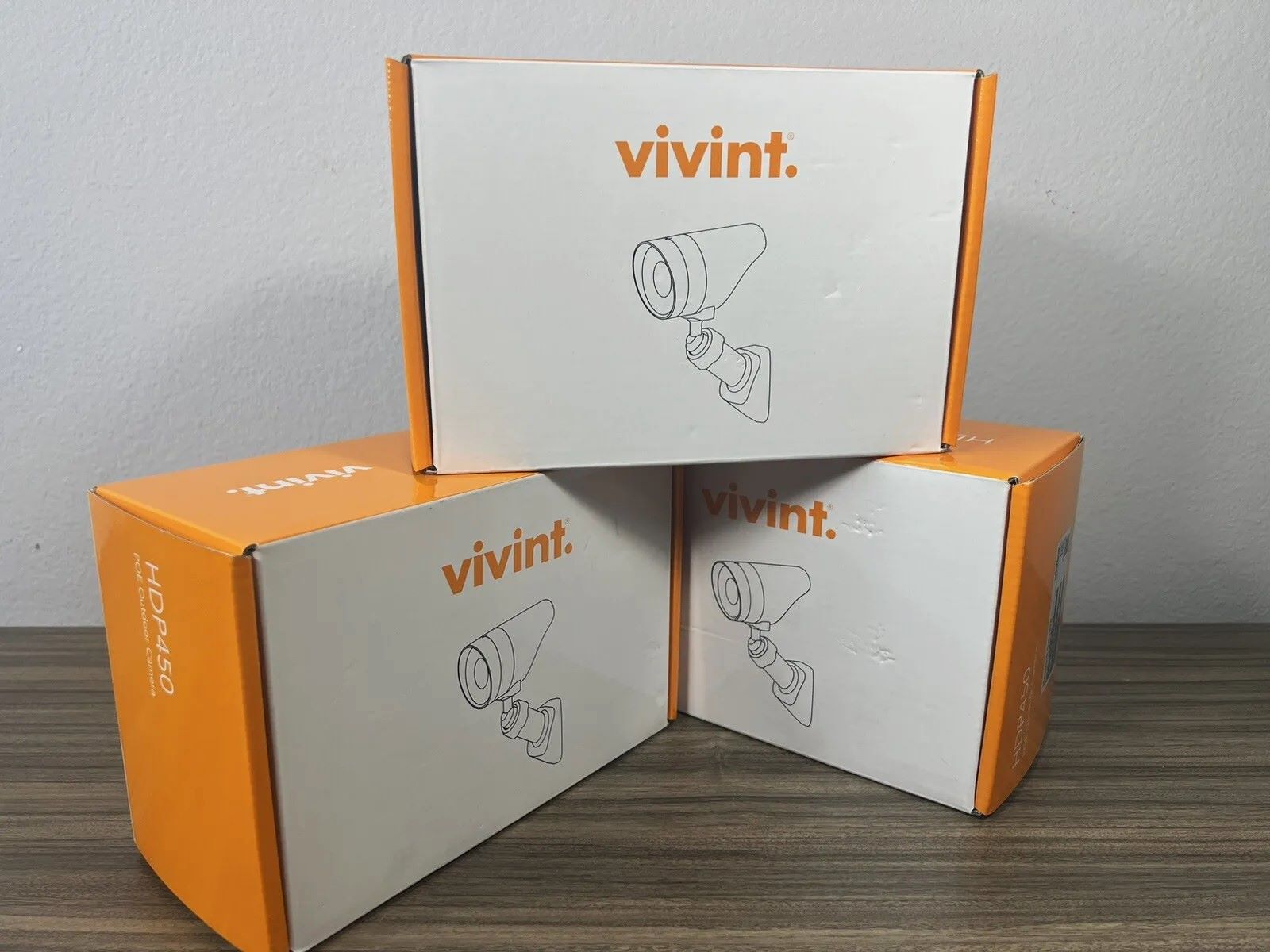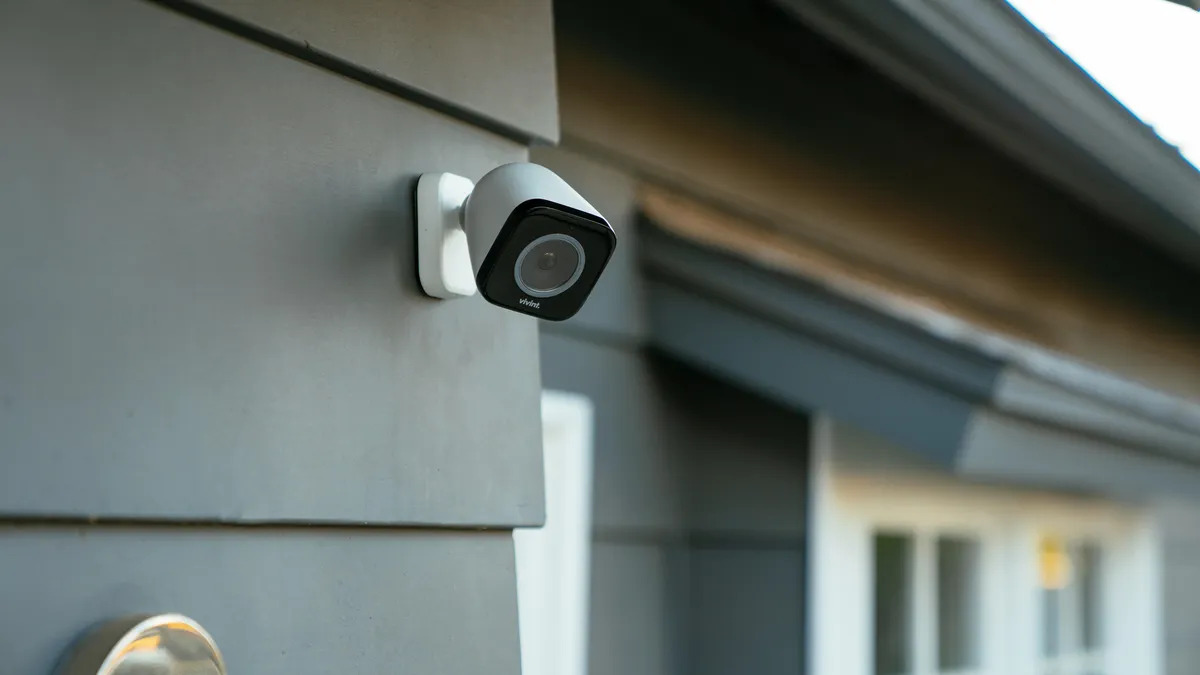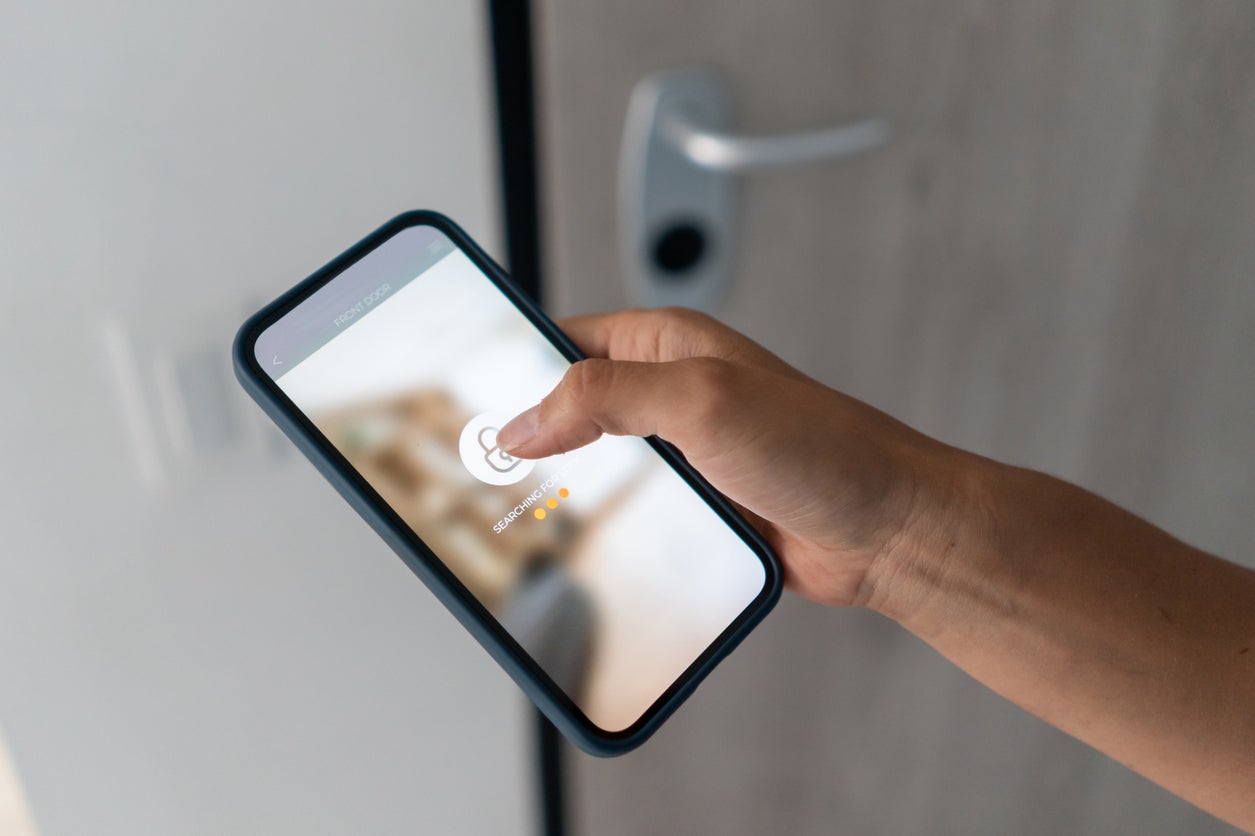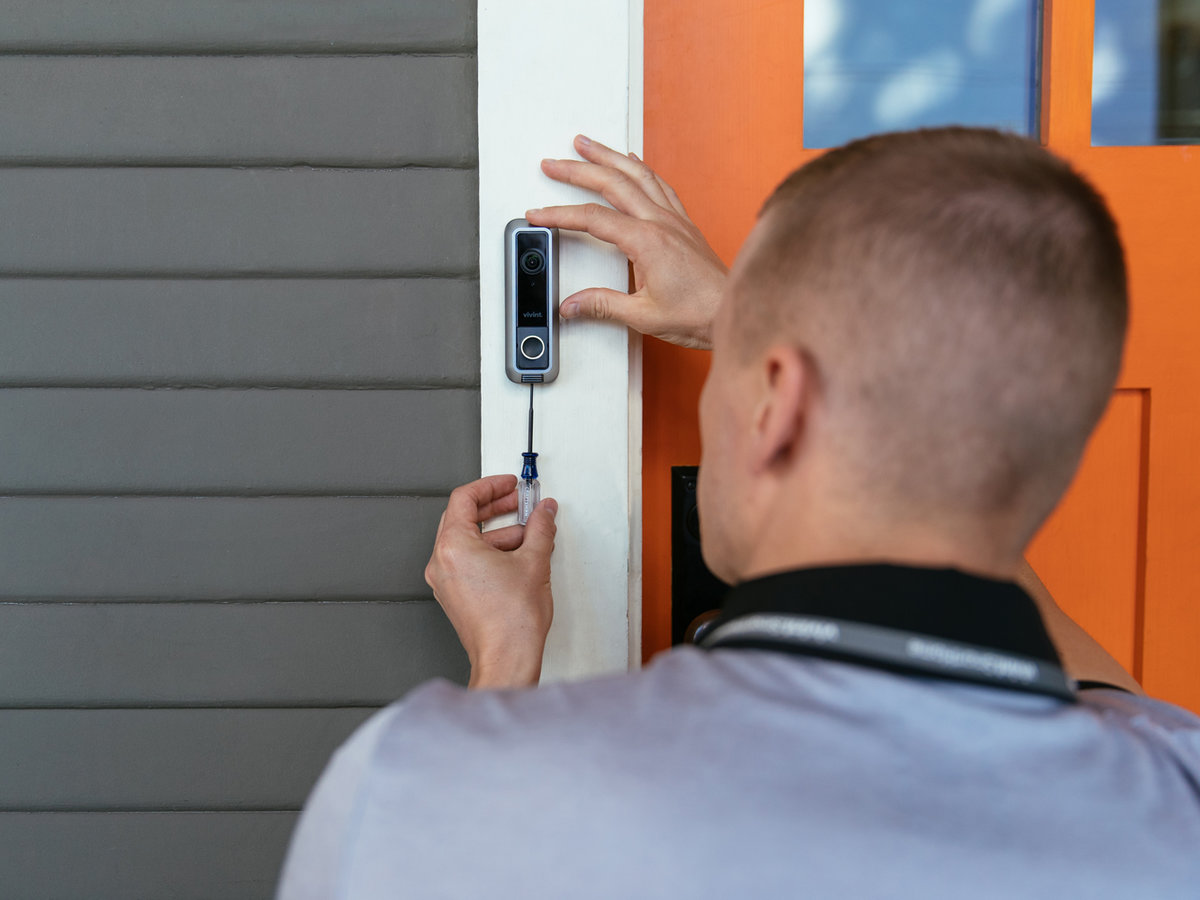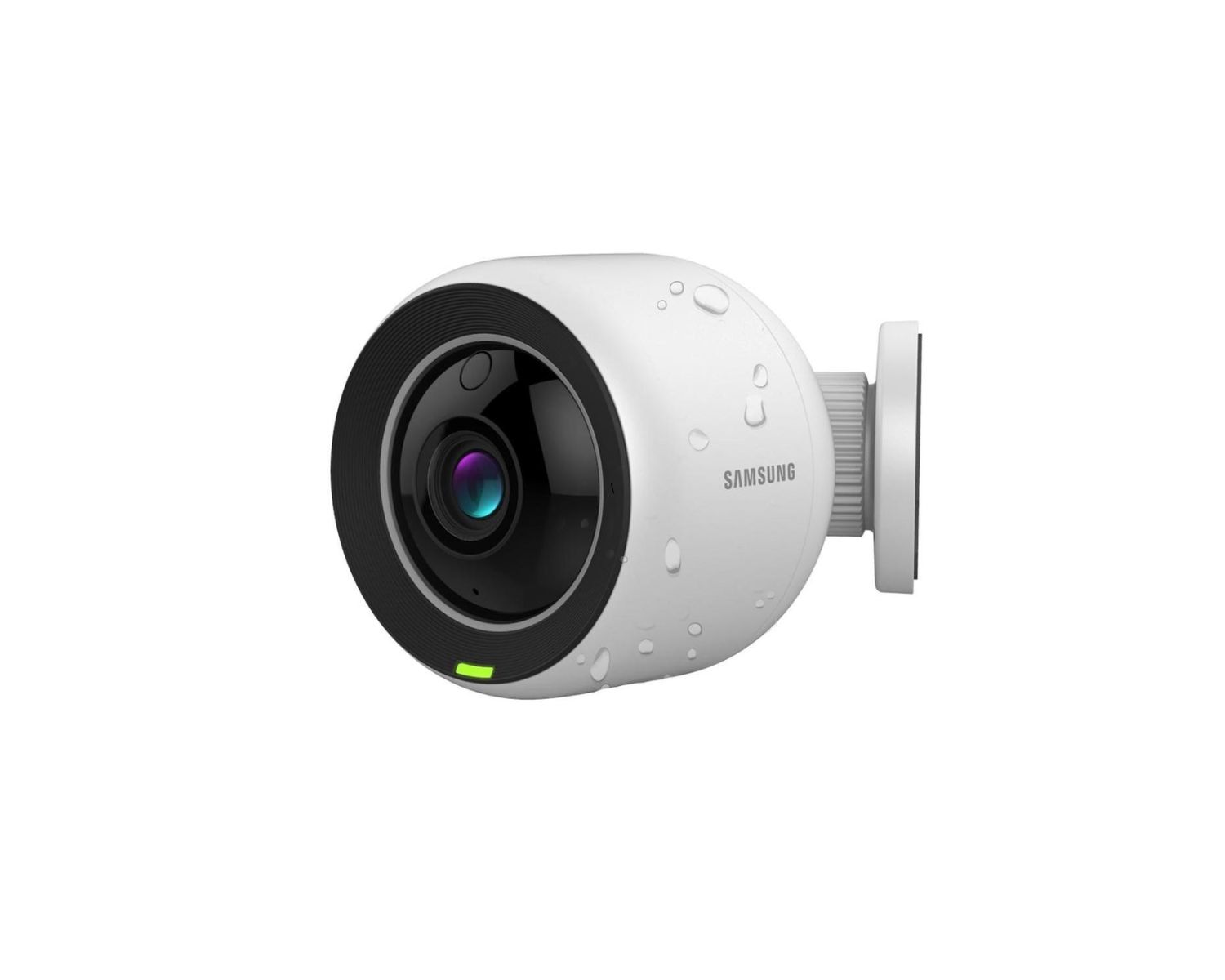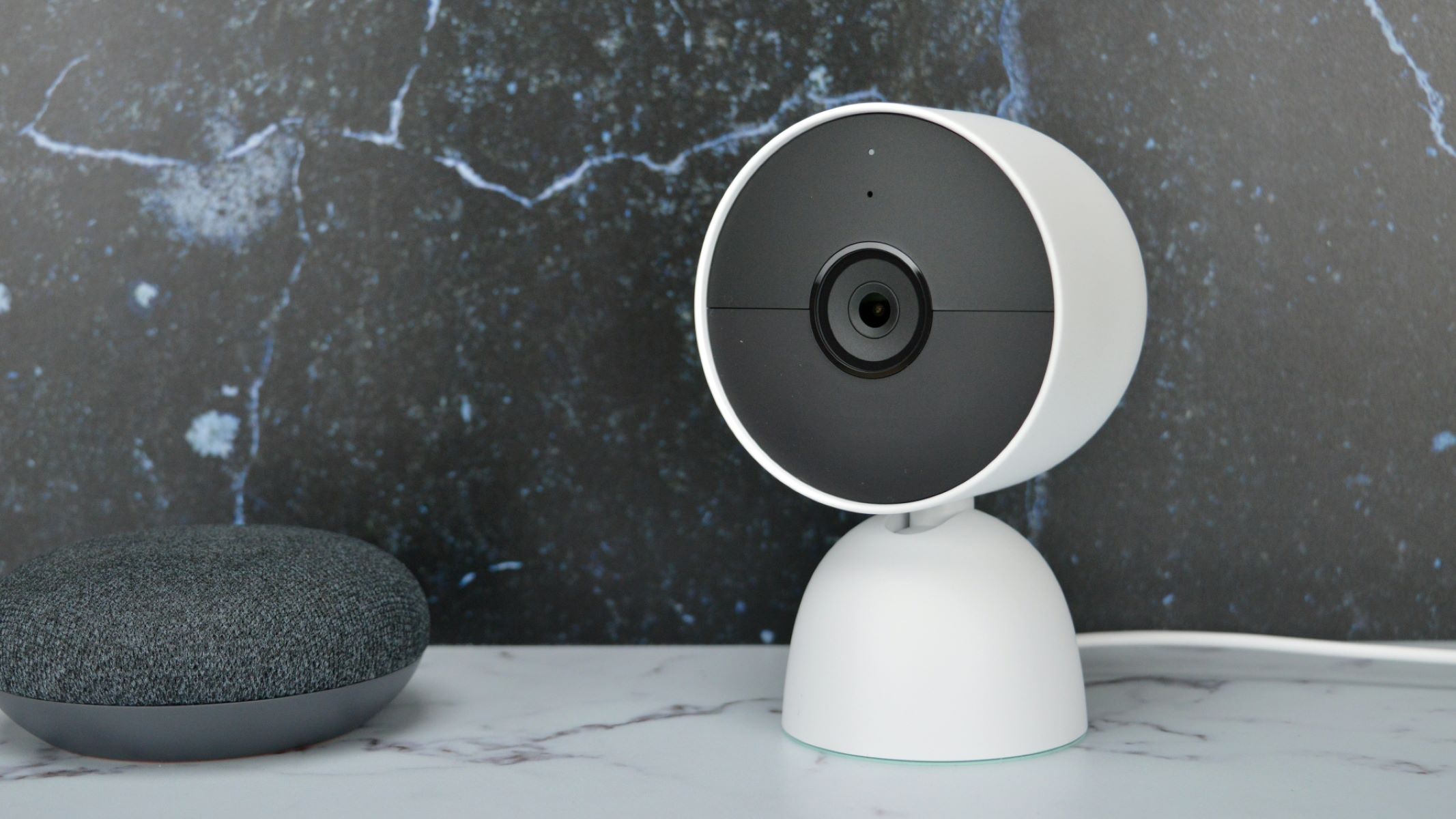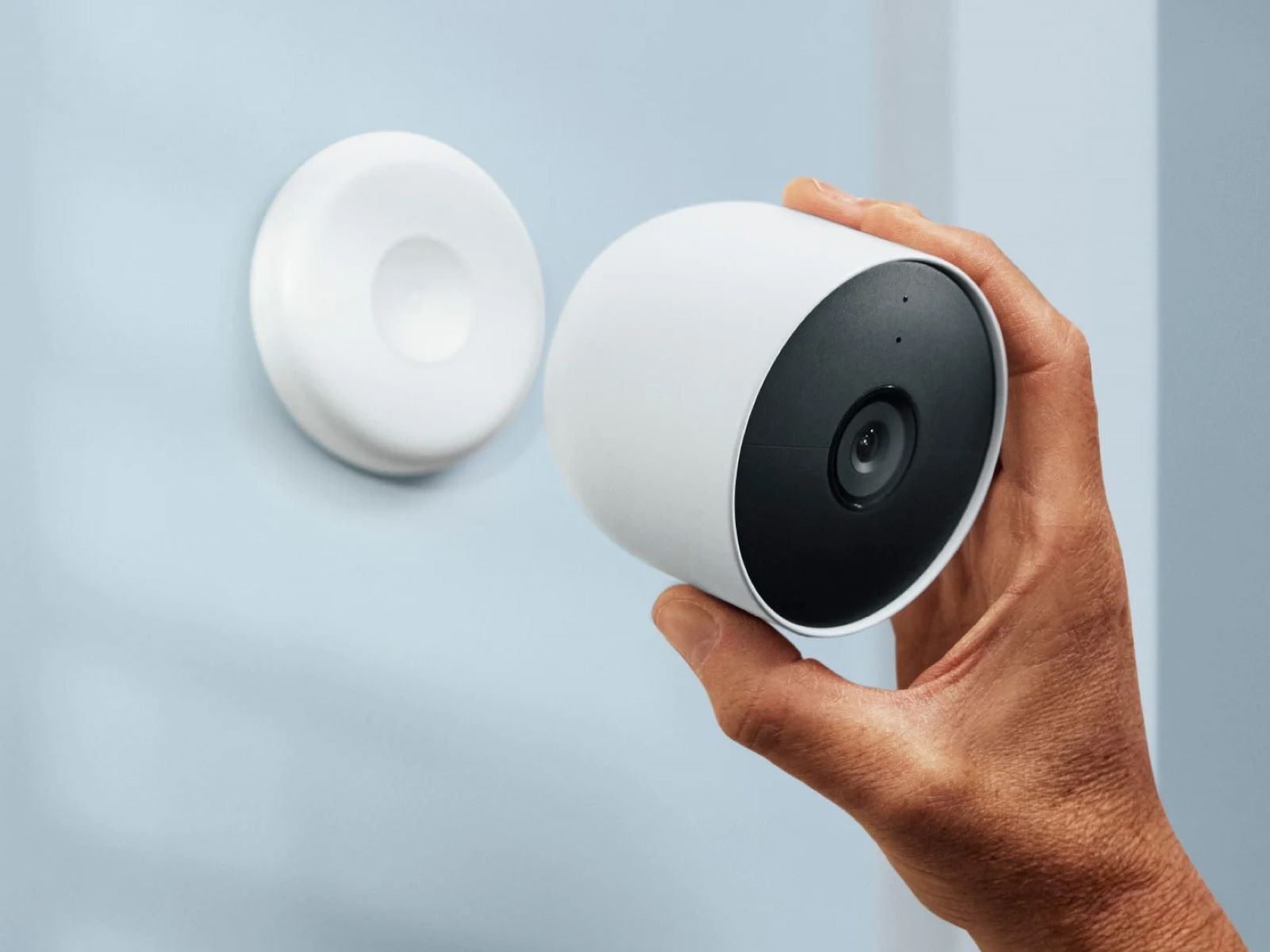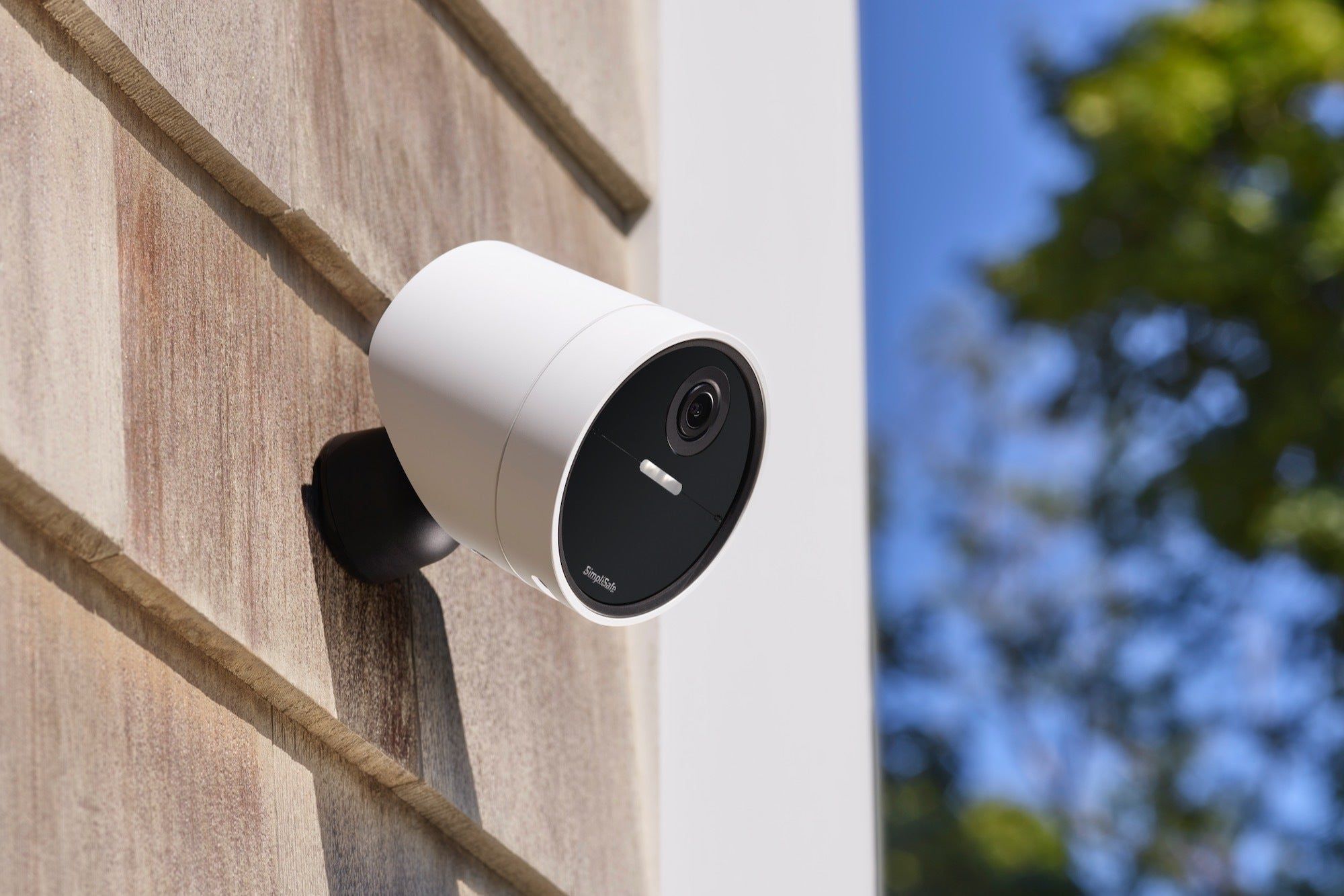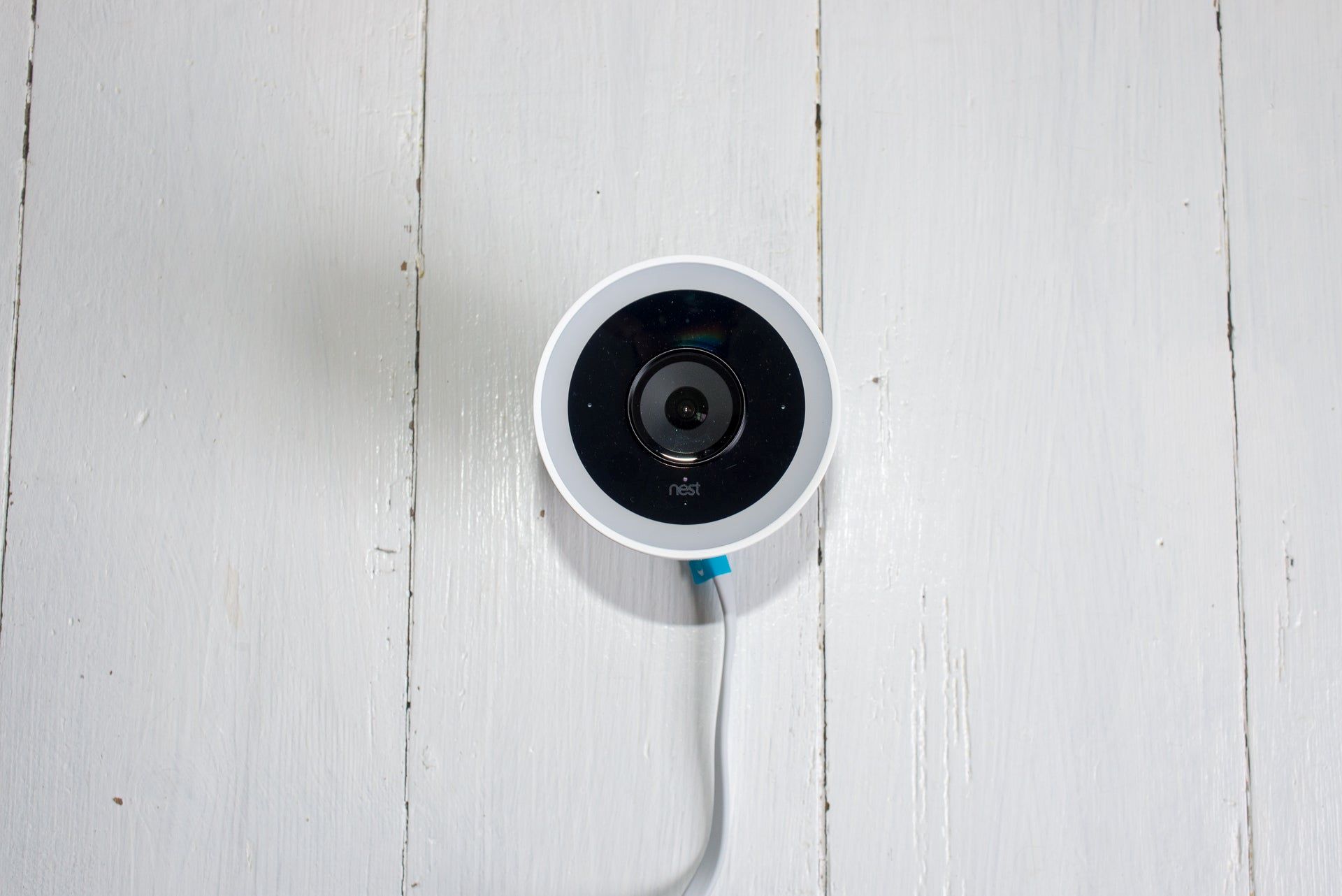Home>Home Security and Surveillance>How To Make Vivint Outdoor Camera Capture Moments Even When There’s No Movement
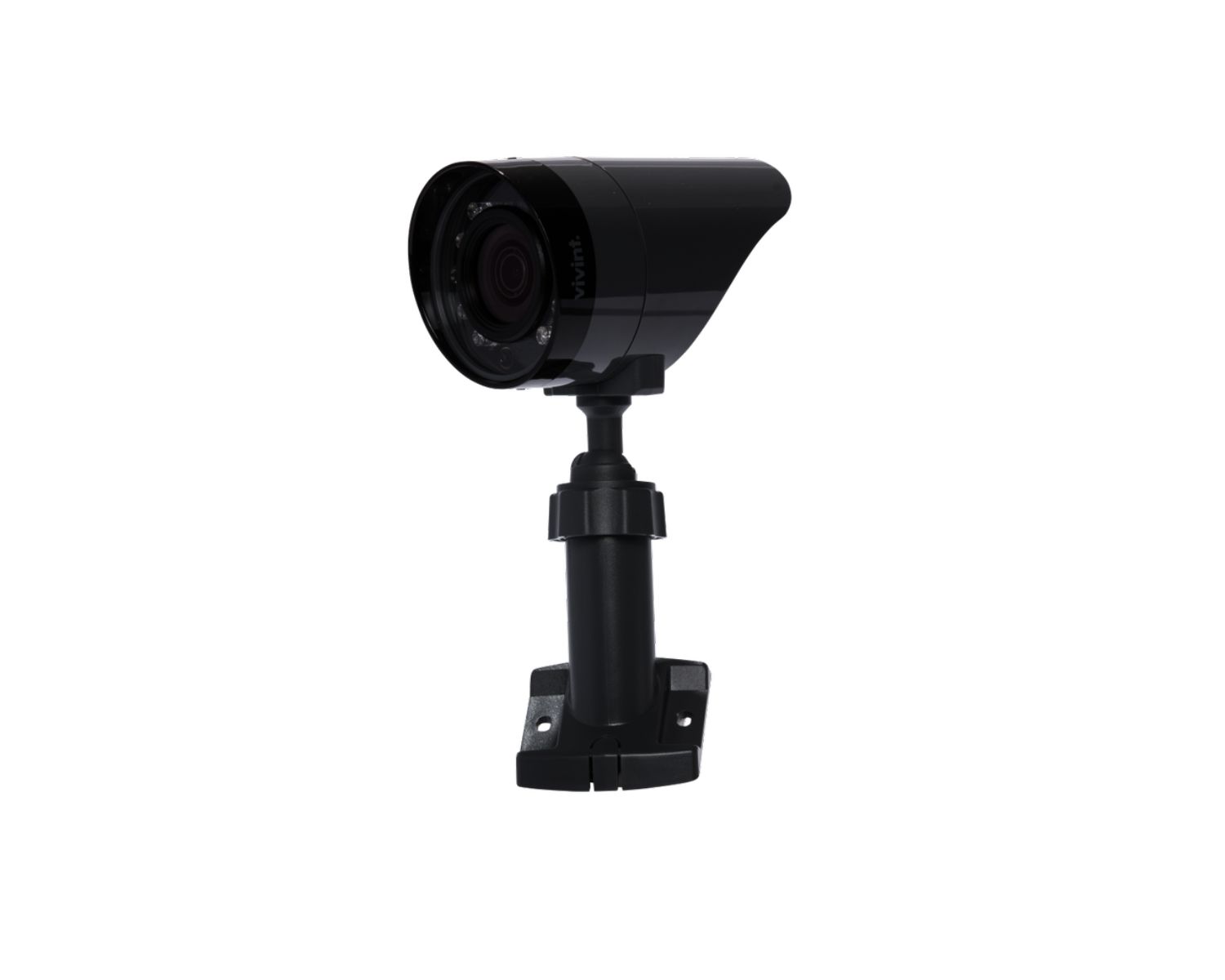

Home Security and Surveillance
How To Make Vivint Outdoor Camera Capture Moments Even When There’s No Movement
Modified: March 6, 2024
Ensure the safety of your home with Vivint's outdoor camera, capturing every moment even without movement. Experience the best in home security and surveillance.
(Many of the links in this article redirect to a specific reviewed product. Your purchase of these products through affiliate links helps to generate commission for Storables.com, at no extra cost. Learn more)
Introduction
Welcome to the world of home security and surveillance! In today’s fast-paced and ever-evolving world, it’s never been more important to ensure the safety and security of our homes and loved ones. Fortunately, advancements in technology have made it easier than ever to protect our homes with sophisticated tools like outdoor security cameras.
One of the leading brands in the home security industry is Vivint, known for their state-of-the-art outdoor cameras that provide reliable and comprehensive surveillance coverage. These cameras are equipped with advanced features like motion detection, night vision, and live video streaming, giving homeowners peace of mind and a sense of control over their property.
While the Vivint outdoor cameras are highly effective in capturing movement and ensuring the safety of your home, they might encounter a common issue – not capturing when there is no movement. This can be frustrating for homeowners who want to keep an eye on their property at all times, regardless of whether there is any activity or not.
However, there are various solutions available to address this issue and optimize the performance of your Vivint outdoor camera. In this article, we will explore the importance of capturing movement, delve into the issue of the camera not capturing when there is no movement, and provide possible solutions to ensure that your camera is always working to its full potential.
Key Takeaways:
- Adjusting the sensitivity settings of your Vivint outdoor camera can help it capture movement effectively without missing any important activity, ensuring reliable surveillance coverage for your home.
- Proper placement, clear view, and stable connectivity and power source are crucial for your Vivint outdoor camera to capture movement accurately, providing peace of mind and security for your home.
Read more: How To Install A Vivint Outdoor Camera
Understanding the Vivint Outdoor Camera
Before we dive into the issue of the Vivint outdoor camera not capturing when there is no movement, let’s first gain a better understanding of this powerful surveillance tool. The Vivint outdoor camera is an innovative device designed to provide reliable security and surveillance for your home.
These cameras are equipped with cutting-edge technology that enables them to capture high-quality video footage with crisp and clear images. They are designed to withstand various weather conditions, ensuring optimum performance in both hot summers and cold winters.
Vivint outdoor cameras come with features such as motion detection, which allows them to start recording when any movement is detected within the camera’s field of view. This feature is especially useful for identifying potential threats or suspicious activity and provides homeowners with a sense of security.
In addition to motion detection, these cameras also offer night vision capabilities, enabling them to capture clear and detailed footage even in low-light or complete darkness. This ensures that your home remains protected throughout the night, providing you with round-the-clock surveillance.
Furthermore, the Vivint outdoor camera offers live video streaming, allowing you to monitor your property in real-time from anywhere, using your smartphone, tablet, or computer. This feature provides you with the convenience and peace of mind of being able to keep an eye on your home at all times, even when you are away.
By understanding the capabilities of the Vivint outdoor camera, you can better appreciate the value it brings to your home security. However, to ensure that it functions optimally, it is essential to address any issues that may arise, such as the camera not capturing when there is no movement.
Importance of Capturing Movement
The ability of a security camera to capture movement is crucial for effective surveillance and ensuring the safety of your home. Here are a few reasons why capturing movement is of utmost importance:
1. Identifying potential threats: One of the primary purposes of a security camera is to identify and deter potential threats to your home. By capturing movement, the camera can help you detect any suspicious activity, such as unauthorized individuals approaching your property, attempted break-ins, or loitering in the vicinity. This information can be crucial for preventing crimes and taking appropriate action.
2. Monitoring activity around your property: Movement detection allows you to keep an eye on the activities taking place around your home. This can include deliveries, visitors, or even unexpected wildlife. By capturing movement, you can have a better understanding of what is happening outside your property, even when you are not physically present.
3. Evidence and documentation: In the unfortunate event of a crime or incident occurring near your property, having recorded footage of the movement can serve as valuable evidence. This evidence can be shared with law enforcement agencies to aid in investigations and increase the chances of identifying and apprehending the perpetrators.
4. Peace of mind: The knowledge that your security camera is monitoring any movement around your home can give you peace of mind, even when you are away. Whether you are at work or on vacation, being able to check in on your property and see any movement can provide reassurance that your home is secure.
5. Proactive alert system: Many modern security cameras, including the Vivint outdoor camera, offer real-time alerts when movement is detected. This allows you to receive immediate notifications on your smartphone or other devices, keeping you informed and enabling you to take prompt action if necessary.
Overall, capturing movement is vital for the efficacy of your security system. It not only helps in preventing and documenting potential threats but also provides peace of mind and a proactive approach to home security. Now, let’s explore the issue of the Vivint outdoor camera not capturing when there is no movement and possible solutions to address this concern.
Issue of Camera Not Capturing When No Movement
While the Vivint outdoor camera is designed to detect and capture movement, many homeowners have reported the issue of the camera not capturing when there is no movement. This can be a concern, as it may lead to a gap in surveillance coverage and hinder the overall effectiveness of the security system.
The primary cause of this issue lies in the sensitivity settings of the camera. By default, the sensitivity level is set to a moderate or high value to ensure that the camera captures even the slightest movements. However, this can result in the camera not recording when there is no movement at all, such as during periods of calm or stillness.
This issue can be particularly problematic if you rely on the camera to continuously monitor your surroundings, especially during moments when you expect no activity. It’s important to address this issue promptly to ensure that your camera is always functioning optimally.
In the next section, we’ll explore possible solutions to address the issue of the Vivint outdoor camera not capturing when there is no movement. These solutions will help you optimize the performance of your camera and ensure that it provides reliable surveillance coverage at all times.
Possible Solutions to Address the Issue
If you’re experiencing the issue of your Vivint outdoor camera not capturing when there is no movement, don’t worry – there are several solutions you can try to address this concern. Let’s explore some of the possible solutions:
1. Adjusting Sensitivity Settings: The most common cause of the camera not capturing when there is no movement is the sensitivity settings. You can try adjusting the sensitivity level to a lower value to ensure that the camera picks up even subtle movements. Experiment with different sensitivity levels until you find the right balance where the camera captures movement effectively without missing any activity.
2. Ensuring Proper Camera Placement: The placement of your Vivint outdoor camera plays a crucial role in capturing movement accurately. Make sure the camera is positioned in an optimal location with a clear view of the area you want to monitor. Avoid obstacles or obstructions that may block the camera’s field of view. Additionally, try adjusting the angle and position of the camera to maximize its coverage and minimize blind spots.
3. Checking Connectivity and Power Source: Ensure that your camera is properly connected to the power source and that the Wi-Fi or internet connection is stable. A weak or unreliable connection can lead to irregular recording patterns. Verify that the camera has a strong Wi-Fi signal and consider using a Wi-Fi range extender if needed. Additionally, check the power source and ensure that it is providing sufficient power to the camera.
4. Updating Firmware and Software: Regularly update the firmware and software of your Vivint outdoor camera to ensure that you have the latest features and improvements. Manufacturers often release updates to address bugs and enhance the camera’s performance. Check for available updates through the Vivint app or their website and follow the recommended update process to keep your camera operating smoothly.
5. Contacting Customer Support: If you’ve tried the above solutions and are still experiencing issues with your Vivint outdoor camera, don’t hesitate to reach out to the Vivint customer support team. They have experienced technicians who can provide further assistance and guidance in resolving the problem. They may be able to troubleshoot the issue remotely or offer additional recommendations based on the specifics of your situation.
Remember, each home and situation is unique, so it may require some trial and error to find the solution that works best for you. By implementing these solutions, you can ensure that your Vivint outdoor camera captures movement effectively, providing you with the peace of mind and security you deserve.
With that said, let’s conclude our discussion on addressing the issue of the camera not capturing when there is no movement.
Make sure to adjust the sensitivity settings on your Vivint outdoor camera to reduce false alarms from things like moving trees or shadows. This will help ensure that the camera only captures footage when there is actual movement.
Read more: How To Remove Vivint Outdoor Camera
Solution 1: Adjusting Sensitivity Settings
One of the primary reasons your Vivint outdoor camera may not be capturing when there is no movement is due to the sensitivity settings. The default sensitivity level is often set to a moderate or high value to ensure that even the slightest movements are detected. However, this high sensitivity level can sometimes result in the camera not capturing when there is no movement at all.
To address this issue, you can adjust the sensitivity settings of your camera. Here’s how you can do it:
1. Access the Vivint app: Open the Vivint app on your smartphone or log in to your Vivint account on your computer.
2. Go to camera settings: Navigate to the settings section and locate the specific camera that you want to adjust the sensitivity for.
3. Adjust the sensitivity level: Within the camera settings, there should be an option to adjust the sensitivity level. Lowering the sensitivity will make the camera less likely to trigger recording for minor movements or false alarms. Experiment with different sensitivity levels to find the right balance where the camera captures significant movements without missing any important activity.
4. Test and evaluate: After making the sensitivity adjustments, give it some time to see if the camera now captures movement when there is no activity. Monitor the camera’s behavior and adjust the sensitivity further if needed until you achieve the desired results.
By making these adjustments, you are tailoring the camera’s sensitivity to your specific environment. This ensures that it captures movement effectively while minimizing false alarms or missed recordings when there is no activity.
Remember that each home and surveillance setup is unique, so it may take some trial and error to find the sensitivity level that works best for you. Consider the specific needs and characteristics of your property to determine the ideal sensitivity settings.
It’s important to note that lowering the sensitivity too much may result in the camera not capturing important movements. Therefore, it’s crucial to find the right balance where the camera functions optimally for your specific situation.
Now that you’ve explored the first solution to address the issue of the Vivint outdoor camera not capturing when there is no movement, let’s move on to the next solution: ensuring proper camera placement.
Solution 2: Ensuring Proper Camera Placement
The placement of your Vivint outdoor camera is crucial for ensuring that it effectively captures movement and provides comprehensive surveillance coverage. Incorrect placement can lead to blind spots or obstructions that prevent the camera from capturing activity when there is no movement. To address this issue, here are some key considerations for proper camera placement:
1. Identify vulnerable areas: Take a thorough assessment of your property and identify areas that are more prone to potential threats or require constant monitoring. These can include entry points, driveways, backyard, or any other areas where suspicious activity may occur. This will help you determine the strategic locations for placing your outdoor cameras.
2. Clear any obstructions: Make sure the camera’s field of view is not obstructed by any objects, vegetation, or structures. Trim back any overhanging branches, shrubs, or plants that could impede the camera’s line of sight. Additionally, ensure that there are no physical obstructions (e.g., walls, fences, or other structures) that may block the camera’s view.
3. Consider camera angle and coverage: Position the camera at an optimal angle that provides a wide field of view to capture maximum activity. Aim to cover as much of the desired area as possible without sacrificing image quality or clarity. Adjust the camera’s tilt, pan, and zoom features to achieve the desired coverage.
4. Avoid direct light sources: Place the camera in a location where direct sunlight or bright lights won’t interfere with the camera’s performance. Direct light sources can cause glare or wash out the footage, making it difficult to capture movement accurately. Choose a spot that provides clear visibility without being directly exposed to harsh lighting.
5. Secure and protect the camera: Ensure that the camera is securely mounted and protected from tampering or damage. Use the appropriate mounting brackets or hardware provided by Vivint to ensure stability and durability. Additionally, consider installing a camera housing or cover to protect the camera from harsh weather conditions.
6. Test the camera’s view: Once you have determined the placement, test the camera’s view by monitoring the live stream or recorded footage. Verify that the camera captures the desired areas and angles effectively. Make any necessary adjustments to the placement or camera position until you are satisfied with the coverage.
By considering these factors and ensuring proper camera placement, you can enhance the performance and effectiveness of your Vivint outdoor camera. The camera will have a clear and unobstructed view, capturing movement accurately even when there is no activity in the monitored areas.
Now that you’ve explored the second solution of ensuring proper camera placement, let’s proceed to the next solution: checking connectivity and power sources for the camera.
Solution 3: Checking Connectivity and Power Source
Another common reason for the Vivint outdoor camera not capturing when there is no movement is connectivity issues or problems with the power source. Both Wi-Fi connectivity and power supply are essential for the camera to function properly. To address this issue, follow these steps to check the connectivity and power source:
1. Verify Wi-Fi connection: Ensure that the camera is properly connected to your home’s Wi-Fi network. Check the signal strength of the Wi-Fi network in the camera’s location. If the camera is far away from the router, consider using a Wi-Fi range extender to boost the signal strength in that area. If the camera’s Wi-Fi connection is weak or unstable, it may affect its ability to capture movement consistently.
2. Check power supply: Ensure that the camera is receiving a stable power supply. If your camera is battery-powered, make sure the batteries are fully charged or replace them if needed. If your camera is wired or powered through an outlet, check the power cable and ensure it is securely connected. Consider using surge protectors to protect the camera from power fluctuations or surges that may disrupt its performance.
3. Restart the camera and router: Sometimes a simple restart can help resolve connectivity issues. Power off your camera and router, wait for a few minutes, and then power them back on. This can refresh the connections and eliminate any temporary glitches that may be affecting the camera’s performance.
4. Test the connectivity: After restarting the camera and router, test the connectivity by checking if the live view feature in the Vivint app is functioning properly. Monitor the camera’s feed for a period of time to ensure that it consistently captures and records movements when they occur.
5. Consult technical support: If you have tried the above steps and are still experiencing connectivity or power-related issues with your Vivint outdoor camera, it’s advisable to contact Vivint’s technical support team. They have the expertise to analyze and troubleshoot the specific issues you are facing. They may guide you through additional troubleshooting steps or recommend further actions to resolve the problem.
By checking the connectivity and power source of your Vivint outdoor camera, you can ensure that it functions optimally and captures movement accurately, even when there is no activity. These steps will help you identify and address any underlying issues that may be affecting the camera’s performance.
Now that you’ve explored the third solution of checking connectivity and power sources for the camera, it’s time to wrap up our discussion.
Conclusion
The Vivint outdoor camera is a powerful tool that provides reliable surveillance coverage for your home. However, the issue of the camera not capturing when there is no movement can be frustrating and potentially compromise the effectiveness of your security system.
In this article, we’ve explored the importance of capturing movement for home security and discussed the common issue of the Vivint outdoor camera not capturing when there is no movement. We’ve also provided several solutions to address this issue and optimize the camera’s performance.
First, we discussed the solution of adjusting sensitivity settings, allowing you to find the right balance between capturing significant movements and minimizing false alarms or missed recordings. Next, we explored the solution of ensuring proper camera placement, emphasizing the need to identify vulnerable areas, clear any obstructions, and achieve optimal coverage angles.
We then discussed the importance of checking connectivity and power sources for your camera. By verifying Wi-Fi connection, ensuring a stable power supply, and restarting the camera and router, you can address potential issues that may affect your camera’s ability to capture movement.
Throughout this process, it’s essential to test and evaluate the camera’s performance, making adjustments as necessary to ensure optimal results. And if you’ve tried the solutions provided and are still experiencing issues, reaching out to Vivint’s customer support team can provide further assistance and guidance.
Remember, each home and surveillance setup is unique, so it may take some trial and error to find the solutions that work best for you. By implementing these solutions and optimizing the performance of your Vivint outdoor camera, you can ensure the safety and security of your home.
Home security and surveillance are vital aspects of modern living, providing peace of mind and protecting our loved ones and belongings. With the advancements in technology and the availability of sophisticated tools like the Vivint outdoor camera, we have the power to monitor and safeguard our homes.
By understanding the capabilities of these cameras, addressing any issues that may arise, and implementing suitable solutions, we can enhance the effectiveness of our security systems and maintain a secure living environment.
So, take the necessary steps to optimize your Vivint outdoor camera and enjoy the benefits of reliable surveillance and peace of mind. Safeguard your home, protect your loved ones, and have confidence in the security measures you’ve put in place.
Frequently Asked Questions about How To Make Vivint Outdoor Camera Capture Moments Even When There's No Movement
Was this page helpful?
At Storables.com, we guarantee accurate and reliable information. Our content, validated by Expert Board Contributors, is crafted following stringent Editorial Policies. We're committed to providing you with well-researched, expert-backed insights for all your informational needs.
